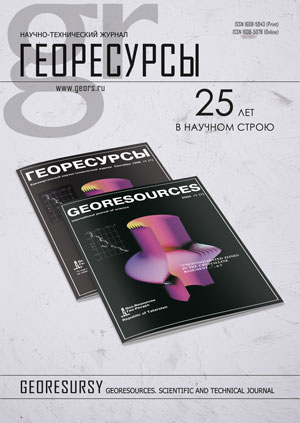
Georesursy (Georesources) is a peer-reviewed scientific and technical journal published since 1999. It's aim is to provide scientific information platform for exchanging knowledge and professional experience for all concerned with development and conservation of the Earth's interior in academia, industry and government.
The Editorial Office of the Journal Georesursy (Georesources) in its activity seeks to promote scientific cooperation, to form the scientific information environment, prompt and reliable distribution of information about research carried out by scientists and industrial workers in the field of prospecting, exploration and development of the mineral resource base of hydrocarbons and solid minerals.
Georesursy (Georesources) is an open access journal.
Current issue
EDITOR-IN-CHIEF’S COLUMN
GAS HYDRATES
The article presents the results of a quantitative assessment of the predicted resources of subaqueous gas hydrates within the exclusive economic zone of Russia and Lake Baikal as of 01.01.2024 at three different levels – global, regional and local. The assessments were carried out using the specific density method based on numerical modeling of the gas hydrate stability zone, its mapping and identification of gas hydrates based on the interpretation of a large volume of digital seismic CDP data and the results of marine sediment sampling. A total of 203 gas hydrate accumulations were identified and taken into account in the exclusive economic zone of the Russian Federation within the Barents, Laptev, East Siberian, Bering, Okhotsk, Japan and Black seas. The total volume of gas hydrate reservoirs in the Russian seas and Lake Baikal is estimated at 520 trillion km3 , where the share of methane in gas hydrates averages just over 10% and the estimated global gas hydrate resource value is more than 147 trillion m3 . Gas hydrate reservoirs in the seas are confined to the interval of subbottom depths from the seabed to 1250 m in the stratigraphic interval from the Holocene to the Oligocene. The largest number of accumulations are confined to the Pliocene sediments. Gas resources in gas hydrate accumulations vary from 0.1 to 6830 billion m3 , corresponding in terms of resource size to traditional gas fields from very small (with reserves of less than 1 billion m3 ) to unique (with reserves of more than 300 billion m3 ).
The initial data to estimate the gas hydrate stability interval at the T field in West Siberia has been summarized, i.e. the cross-section temperature, reservoir pressure, gas-to-air density, and formation water salinity. The position of the cryolithic zone bottom was modeled by combining the thermal gradient estimated during well testing and the permafrost bottom position based on resistivity logging data.
Due to the ambiguity in interpreting the position of the bottom of the permafrost and cryolithic zone, two options of the cryolithic zone bottom maps were built: the minimum and maximum. Thus, two options of the gas hydrate stability zone bottom maps were built: the minimum and maximum. It is shown that the upper gas-saturated reservoirs of the T field are located in the gas hydrate stability zone.
Our research focuses on the possibilities of using microorganisms as bioindicators in methane ecosystems in areas with gas hydrates (Area 1). We have conducted a study of the biodiversity of microorganisms and determined the physiological and biochemical properties of bacterial strains that can oxidize hydrocarbons isolated from the bottom sediments in the northern part of the Japan Sea for two areas: one with detected gas hydrates (Area 1) and one without the presence of gas hydrates (Area 2). Complex gas-geochemical, geological, and microbiological studies have been conducted in the waters of the northern Japan Sea, including the southern part of the Tatar Strait and the northern slope of Primorsky Krai. We used materials from marine expeditions: RV “Akademik Oparin” 54 (OP-54) in September–October 2017 and RV “Akademik M.A. Lavrentyev” 81 (LV-81) in May 2018. We used cultivation techniques to discover that members of the Nocardiaceae family from the Actinomycota phylum were associated with areas where gas hydrates had been detected. It was found that bacteria isolated from these areas were able to ferment a wider variety of carbohydrate substrates than those obtained from non-gas hydrate areas. A positive correlation was observed between the ability of these bacteria to break down carboxylic acids and their absence from gas hydrate-rich environments.
The results of gas hydrate resources assessment within the Black Sea exclusive economic zone of the Russian Federation by probabilistic-statistical method using the original OHRA (“Oceanic gas Hydrate Resource Assessment”) software are presented. The results of gas hydrate resources assessment in the Black Sea exclusive economic zone of the Russian Federation by probabilistic-statistical method using the original OHRA software are presented. The quantitative assessment performed with data binding to the calculated grid; the specific density of methane resources in gas hydrates is estimated. For the geothermal data account a map of the geothermal gradient of the Black Sea has been compiled. The amount of methane in hydrates is estimated as much as 361.9 trillion with a probability of 5%, 120.5 trillion with a probability of 50%, 36.7 trillion m3 with a probability of 95%. It has been established that temperature and pressure are the parameters that have the greatest impact on the resource assessment of gas hydrates in the study area. At the sea depths of more than 1,500 m, the resources of P95 are influenced by the mass of methane produced and migrated to the gas hydrate stability zone. The average specific density values of hydrated methane are estimated to be (probability 50%) 1.2 billion, probability 95% – 0.36 billion, probability 5% – 3.59 billion m3 /km2 . The most promising in relation to gas hydrates areas within the Russian exclusive economic zone are the West Black Sea Depression, Sorokin Trough, Tuapse Trough, the Andrusov Ridge, the northern part of the East Black Sea Depression, the northern and the southern parts of the Shatsky Ridge.
The study is dedicated to the features of forecasting and quantitative assessment of methane resources in subaqueous cryogenic gas hydrates on the Russian Arctic shelf. The work is based on numerical modeling of submarine permafrost and the thermal regime of marine sediments. As a result of the mathematical modeling, equilibrium curves of hydrate formation with variable seawater salinity were constructed. These curves facilitated the determination of the spatial boundaries of cryogenic gas hydrate stability zones. In regions with predicted cryogenic gas hydrate stability zones, potentially hydrate-bearing accumulations were delineated based on Common Depth Point (CDP) seismic data. The amount of methane in four forecasted sub-permafrost gas hydrate accumulations on the Laptev Sea shelf was estimated. The identified accumulations are projected to contain approximately 0.1 trillion cubic meters of methane in hydrate form. According to the regional-scale assessments, up to 9.24 trillion cubic meters of methane, or about 0.3% of the global gas-in-place assessments, may be accumulated on the Russian Arctic shelf.
The migration of dissolved salts from natural saline solutions (cryopeg brines or seawater) into permafrost and its effect on the dissociation of intrapermafrost gas hydrates is studied in laboratory experiments. The experiments are applied to laboratory-made frozen sand samples saturated with methane hydrate and exposed to interaction with chemically different frozen saline solutions simulating cryopeg brines. The runs were performed at atmospheric pressure and a constant subzero temperature of approximately −6 °C, i.e., under the P-T conditions that can maintain self-preservation of metastable methane pore hydrates.
Variations in the NaCl/MgCl2 concentration ratio in the solutions affect significantly the salt transport patterns and the salinity level critical for complete hydrate dissociation. Specifically, both salt migration and hydrate dissociation in frozen soils are faster at lower NaCl and higher MgCl2 concentrations.
Phase transitions in the pore moisture of frozen hydratebearing sand samples interacting with frozen saline solutions are analyzed using low-field NMR relaxometry. According to the NMR data, the front of elevated liquid water content propagates along the salt flow direction, at a rate increasing with the mobility of salt ions in the series Na2 SO4 – NaCl – MgCl2.
The experimental results confirm that migration of natural saline solutions (e.g., cryopeg brines or seawater) driven by natural or production-related factors can destabilize intrapermafrost gas hydrates.
The relevance of investigation of a multicomponent gas mixture hydrate formation in quartz sand with water and polymer solutions is due to the risk of the hydrate formation in the pore space of surrounding rocks under the complex effect of a gas injection and waterpolymer flooding in order to increase oil recovery at fields confined to the Nepa-Botuoba oil-and-gas bearing region (NB OGBR), which are characterized by abnormally low reservoir temperatures. These fields are located in zones of continuous and intermittent distribution of permafrost rocks, which, in combination with low values of heat flow and high heat capacity of the rocks composing their productive horizons, lead to abnormally low reservoir temperatures within 8–17 °C, which is 50–60°C lower than the temperature calculated by the geothermal gradient. Thus, the reservoir conditions of oil occurrence at the NB OGBR fields are in the hydrate stability zone of reservoir gases, and the transition of the gas to the hydrate state is prevented only by the lack of a sufficient amount of salt-free water. In the research, natural gas from the the Srednevilyui field was used as a hydrate-forming gas. Hydrates of this gas were obtained in quartz sand samples with a grain size of 0.4–0.3 mm. The sand moisture content of 17.6% was set by distilled water and the following polymer solutions: 1 g/L polyacrylamide solution, 5 g/L sodium carboxymethyl cellulose solution, and 30 g/L polyethylene glycol solution. Phase transitions during the hydrate formation and decomposition in “the natural gas-sand-water/polymer solution” systems were investigated using thermal analysis. It was shown that hydrates with cubic structures I and II are formed in systems under study. The gas analysis in the hydrate of structure II was carried out by the method of gas-adsorption chromatography. It was established that during the hydrates formation of structure II, the hydrate phase is enriched with hydrocarbons C2-C4, which is the reason for the shift of the thermodynamic conditions of their formation to the region of high temperatures and low pressures.
Permafrost stores large amounts of natural gas in free and hydrate (clathrate) forms. Intrapermafrost gas hydrates were revealed in frozen core samples recovered from test, exploration, and production wells in the Arctic oil and gas fields. Being similar to ice in many respects, gas hydrates can be mute for geophysical surveys. Meanwhile, laboratory experiments show that the presence of a gas hydrate component in pore moisture affects considerably some parameters of frozen sediments, as well as processes in evolving permafrost. Hydrate-bearing permafrost has a lower thermal conductivity and permeability but a higher geomechanic strength than hydrate-free frozen ground. Gas hydrates also influence some geophysical variables, such as electrical resistivity which becomes higher at higher hydrate contents.
Accumulation of gas hydrates changes the relative percentages of pore moisture components (ice-hydrate-liquid water) in systems comprising ice, free gas, and gas hydrates, which has bearing on the physical properties of permafrost. The presence of gas hydrates increases the strength and resistivity of permafrost and, on the other hand, tends to reduce its permeability and the rates of heat and mass transfer.
The use of cryolithozone resources is currently one of the priority issues on the agenda of scientific and technological and, consequently, economic development of the Russian Federation. The available research results confirm the possibility of using cryogenic processes and phenomena in engineering, agriculture, conservation of biological diversity and a number of other areas, such as, for example, for storing gas in a solid hydrate state. This paper presents the results of studies of methane hydrate dissociation obtained in systems with the presence of promoting additives in order to determine the conditions and efficiency of gas storage in a solid hydrate state. Dissociation of gas hydrates formed from liquid solutions or dispersed systems was carried out by experimental methods using a high-pressure reactor in the temperature range of 263–268 K, i.e. close to the temperatures of permafrost occurrence. Thus, it was shown that methane hydrates formed from liquid solutions of surfactants - soy lecithin and SDS, has high porosity, as a result of which it is practically incapable of self-preservation and cannot be used in the implementation of gas hydrate technologies for gas storage. At the same time, the addition of water-soluble polymer polyvinyl alcohol in a concentration of 0.3 wt.% leads to the growth of a denser methane hydrate capable of self-preservation at a temperature of 268 K. The data obtained in the work can be used in the development of gas hydrate technologies for storing natural gas in a solid hydrate state.
One of the effective methods of combating the increase in the concentration of carbon dioxide in the atmosphere is its sequestration in porous media in the solid gas hydrate form. The unique properties of gas hydrates, such as their high gas capacity, low permeability and natural stability, make them an attractive option for long-term disposal of carbon dioxide. In the context of considering the problem of organizing geological gas hydrate storages of carbon dioxide, a mathematical model is written down that allows a theoretical study of the process of carbon dioxide hydrate formation during its injection into a reservoir whose pores are initially saturated with methane and water. The proposed mathematical model takes into account zonal heterogeneity of a porous reservoir, the flow in it in the presence of phase transformations (hydrate formation and solubility of carbon dioxide in water) of the gas (СН4 and/or СО2 ) and liquid (water and dissolved CO2 ) phases, heat transfer from the considered region of a reservoir to the surrounding rocks; the hydrate formation process is considered as an equilibrium phase transition. Calculation equations for the studied process are presented and numerical solutions of the problem are constructed, describing the distribution of parameters (temperature, pressure, phase saturations) in a reservoir. It has been shown by calculations that when CO2 is injected into a reservoir, several characteristic zones can form in it, differing in the composition of the fluids saturating them. It has been demonstrated that it is necessary to take into account such factors as heat released during phase transitions, the Joule-Thomson effect, and heat exchange between the porous reservoir and its surrounding rocks when describing the temperature field in the reservoir formed when carbon dioxide is injected into it. The results of computational experiments are presented and analyzed when placing an injection well in a high- or low-permeability zone of a porous reservoir. The conducted numerical study showed that for the organization of effective gas hydrate storage of carbon dioxide, porous media with sufficiently high permeability values are required.
GEOLOGICAL, GEOCHEMICAL AND GEOPHYSICAL RESEARCH
The article presents a petrophysical justification for using the method of reflected electromagnetic waves (electromagnetic common depth point method (ECDP)) to differentiate geological sections by electrical properties, including the study of cryolithozones, as well as permafrost and sub-permafrost waters. An analysis of the results of the ECDP experimental work on the territory of an oil and gas field in the Republic of Sakha (Yakutia) in 2023 was carried out, including a study of the obtained distribution of the interval velocity of the electromagnetic signal with depth in a number of measurements. The result of data processing is presented in the form of a “virtual well” – a vertical distribution of specific electrical resistivity with a resolution of 2–5 m in depth. The reliability of the ECDP results is confirmed by their stable correspondence with all measured data and geological information from depths of at least 500 m, in particular, the nature of frozen rock occurrence and the position of watersaturated rocks. The advantages of the ECDP are shown, such as sensitivity of the parameter under study (the velocity of the electromagnetic signal) to changes in the physical properties of rocks, increased detail, and the non-requirement of a priori geological and geophysical information for quantitative interpretation of measurement data.
The article is of a review nature, where the results of deep geological and geophysical studies carried out in the south of Kamchatka and in the nearest water area of the Pacific Ocean are presented. A description of the volumetric density model and its analysis in combination with other data are given. Information on the structural position of the Tolmachоva active magmatic center (TAMC) and its origin is supplemented. As a result of the studies, a mantle protrusion was revealed, which has closed contours and was formed in the Nachikinsky zone of transverse dislocations (NZTD) no later than the Early Miocene. The sizes of the major and minor axes of the protrusion are ~ 123 and 84 km, respectively. In the lower part of the mantle protrusion, at a depth of 35–45 km, local areas of decompression are identified, which are associated with centers of melting. The formation of the ledge may be caused by the pressure of ultrabasic magma from the upper mantle and its subsequent intrusion into the lower layers of the Earth’s crust. The intrusion occurred along a weakened zone formed at the initial stage of shear dislocation that occurred in the Miocene-Pliocene time. Differentiation of magma entering the earth’s crust from melting centers, as well as heat flows from the same sources, form areas of focal melting and, as a consequence, lead to the formation of an intrusive massif of medium to medium acidic composition. Periodic movement of magma along a weakened zone in the TAMC area is accompanied by a swarm of weak earthquakes. TAMC is genetically related to the mantle ledge and is an integral part of it.
Inflection zones of the subducting oceanic lithosphere are areas of accumulation of tectonic stress and its periodic unloading in the form of earthquakes. The highest density of seismic events with magnitude M ≥ 5 is observed in the seismic lineament located closest to the coastline – in the zone of maximum slab bending in the depth range of ~ 30–50 km.
In order to evaluate the oil and gas potential of the junction zone between tectonic structures of the southern part of the Laptev Sea and the Siberian Platform, the pods of active Upper Riphean, Vendian, Permian, Devonian and Upper Jurassic source rocks were identified and studied using numerical modeling methods. The impact of major tectonic shifts that occurred in the region during the second half of the Paleozoic and Mesozoic eras on the evolution of the source rocks was assessed. It was found that, except for the Upper Jurassic, all of the studied source rocks had passed the critical moment before the completion of major tectonic events in the region, which negatively impacted the formation of the hydrocarbon potential of the study area. As a result, low prospects are anticipated in the continental part of the junction zone, where small deposits are expected in the Vendian strata of the Lena-Anabar trough, given the presence of seals. A significant hydrocarbon potential, warranting further oil and gas exploration studies, is forecasted in the southern part of the Laptev Sea and the adjacent coast within the AnabaroKhatanga saddle. The primary exploration opportunities in this region are linked to Permian and Mesozoic deposits.
The paper presents the results of studying aromatic compounds (phenanthrenes, dibenzothiophenes, aromatic steroids) in source rock extracts (bitumoids) from the Bazhenov Formation of the Tomsk Region (south-east of Western Siberia, Russia). In addition to holonuclear and monomethyl-substituted structures of the phenanthrene and dibenzothiophene series we also identified their di- and trimethyl-substituted homologues. A comparative analysis of the relative concentrations of the main groups of aromatic compounds calculated by two methods (with and without diand trimethylphenanthrenes and dibenzothiophenes) showed their identity. The main factor controlling the content and distribution of aromatic compounds has been established as the degree of maturity of organic matter. The most informative molecular maturity indices for the Bazhenov Formation’s organic matter whose maturity corresponds to low and medium gradations of catagenesis (PK3 -MK1 2 ) are the ratios of 4-MDBT/1-MDBT, TASI, TAS/MAS, and TMTGP/1,7,8-TMP.
The article presents the characteristics of microfacies and foraminiferal complexes of the Tulian horizon of the Visean substage in sections of the Preduralskaya-106 and Oktyabrskaya-106 boreholes in the Eastern part of the Volga-Ural region and the Sikaza 2 section of the western slope of the Southern Urals. The age of the deposits corresponds to the foraminiferal zone Endothyranopsis compressa – Paraarchaediscus koktjubensis of Russia. Based on the study of the microstructures of carbonate rocks, six microfacies (MF) are distinguished, differing in component composition and textures. Limestones are mainly fine-grained polybioclastic packstones. The main components (grains) are the remains of tubular algae, foraminifers, echinoderms (mainly crinoids), ostracods, brachiopods, rarely bryozoans, as well as calcispheres, peloids and intraclasts. The deposits were formed in the conditions of an open shallow shelf of the ramp type with different hydrodynamics. An analysis of the distribution of microfacies in sections and the relationship of foraminifer complexes with them is given.
For the first time, information on the age of rocks – sources of zircon clastics for deposits of the Staropetrovo Formation of the Vendian Volga-Uralian sedimentary basin was obtained. As a result of U-Pb (LAICP-MS) dating of detrital zircons from sandstones of the Staropetrovo Formation in the well Krasnousolsk, located in the Pre-Uralian marginal trough, a wide time range of zircon clastic ages was obtained: from the Archean – 3247 million years to the Vendian – 577 million years. Features of the distribution of age populations of zircons from sandstones of the Staropetrovo Formation indicated the influx of detrital material into the Volga-Uralian basin mainly from local feeding provinces. The source of zircons of the most ancient (1831–2507 million years and 2660–2944 million years) population for sandstones of the Staropetrovo Formation is assumed to be the Archean-Paleoproterozoic formations of the Taratash metamorphic complex of the Southern Urals and crystalline rocks of the basement of the Volga-Uralian area. For detrital zircons with ages of 1472–1720 Ma, 1044–1390 Ma, and 653–736 Ma, corresponding to the early, middle, and final Riphean, the intrusive and volcanic formations of the Navysh, Mashak, and Igonino igneous complexes of the Riphean in the Southern Urals, which have modern isotopic datings for zircon and baddeleyite, and the basalts of the Aktanysh (well 203 Menzelino-Aktanysh) and Kipchak (well 1 Kipchak) volcanic complexes of the Volga-Ural region are considered as potential sources of zircon clastics, as well as the basalts of the Aktanysh (well 203 Menzelino-Aktanysh) and Kipchak (well 1 Kipchak) volcanic complexes of the Volga-Uralian area. In local feeding provinces, zircon sources with ages of 851–964 Ma and 603–643 Ma have not been established, which is most likely due to insufficient isotopegeochronological study of sedimentary and igneous complexes of the Precambrian of the East-European platform and its folded frame. Among the Precambrian formations, a special place is occupied by Vendian deposits, to which numerous manifestations of oil and gas are confined in the Volga-Uralian area, which makes Vendian deposits an attractive object for hydrocarbon exploration.
PROSPECTING, EXPLORATION AND DEVELOPMENT OF HYDROCARBON DEPOSITS, RESERVOIR PROPERTIES STUDY
Borehole formation microimagers are a powerful tool for analyzing complex reservoirs, providing detailed information about the structural and textural features of formations. The development of state-of-the-art interpretation techniques can optimize existing approaches to microimager data analysis, enable the extraction of new object-level information, and significantly enhance the efficiency and quality of data interpretation. This study proposes a novel workflow for fullbore formation microimager data analysis based on processing a large and unique dataset using machine learning and computer vision techniques. The developed algorithms facilitate the automatic preprocessing of borehole microimager data and their automated structural and textural decomposition. The accuracy of object segmentation by convolutional deep neural networks exceeds 90%, while computer vision algorithms enable the analysis of the sizes, shapes, orientations, and topology of detected objects. The application areas of the proposed methodology include sedimentological analysis (thin-bed analysis); enhancement of core study workflow and formation tester evaluations (detailed characterization of reservoirs in intervals not covered by core samples); and advanced information for processing geological and geophysical data (reservoir modeling using deterministic approaches, distribution criteria for stochastic modeling and determining petrophysical parameters with high reliability).
The present paper is devoted to the study of geological peculiarities of carbonate productive formations of oil fields and identification of correlations between filtration and capacitive properties of reservoirs with complex structure of void space. The dependence of reservoir permeability on its porosity, called petrophysical, is used in solving a wide range of problems, including geological and hydrodynamic modeling. Carbonate reservoirs have a complex void structure, which causes ambiguous petrophysical dependence and, consequently, insufficient reliability of calculations based on their application. Thus, with respect to the reservoir considered in this article, the standard petrophysical dependence is constructed differentially for pore and fracture type of reservoir voidness and is characterized by the values of the determination coefficient R2 =0,81 and R2 =0,16, respectively. An extended set of laboratory studies of carbonate core samples from one of the fields of the Perm region, including nuclear magnetic resonance, scanning electron microscopy, and X-ray computed tomography, allowed us to develop new dependencies that are valid for all types of voids and more closely link the filtration and capacitive characteristics of the reservoir (the coefficient of determination R2 exceeds 0,92). The feasibility of using the developed equations was confirmed by conducting a computational experiment using a geological and hydrodynamic model of the considered reservoir. Replacement of the standard petrophysical dependence with the dependences obtained in the article allowed to improve the prognostic ability of the model for both differential and integral development indicators (annual and cumulative oil production, respectively). The results of the study and the applied approaches can be used in solving the problems of designing and modeling the development of carbonate reservoirs to improve the quality of adaptation of historical data in geologic-hydrodynamic models, as well as increasing the degree of reliability of the performed calculations due to a more detailed consideration of the features of the structure of the void space of the rock relative to traditional methods.
The paper presents experimental results of studying capillary displacement curves in chemical methods of enhancing oil recovery. The analysis of the theory of capillary number and changes in this parameter in chemical methods of enhancing oil recovery is carried out. The results of studies of capillary displacement curves are analyzed, and general patterns and features of the behavior of these curves in various experimental conditions are revealed. The analysis showed that with a change in formation wettability, porosity, permeability, and pore structure, the capillary displacement curves change. Under changing formation conditions, classical capillary displacement curves previously obtained in the course of basic experiments do not allow predicting residual oil saturation, and in addition, the maximum oil recovery does not correspond to the maximum values of capillary numbers. In the practice of oil field development, there is no need to use high concentrations of surfactants to reduce the surface tension to an ultra-low level. Addition of polymer, and alkali (in appropriate concentration) provides high oil recovery due to interaction of surfactants, polymer and alkali. Currently, in China, ASP flooding technology (alkaline-surfactant-polymer flooding – alkaline flooding and combined use of alkali, surfactant, and polymer) is the most effective method of enhancing oil recovery in flooded oil fields and gives good results. Therefore, it is necessary to study the micromechanisms of residual oil mobility and filtration. Studies of the capillary displacement curve, considering the structure of the reservoir and its basic filtration characteristics, are of decisive importance in the development of oil fields in China, and these curves can also be used in world practice as a basis for enhancing oil recovery.
The article considers the features of live oil flow investigation under pressure below bubble point pressure and the methodology for performing special core analysis. Attention is focused on the technical and methodological aspects of the experimental studies: requirements for laboratory equipment, design of experiments, preparation of recombined oil samples, interpretation and analysis of the experimental results. The experiments were carried out for two lithotypes of reservoir rocks on elongated core models (84 cm) using a recombined model of reservoir oil with a GOR ≈ 50 m3/m3 and a bubble point pressure ≈ 80 bar. Based on the research results, inflow curves of core models were obtained for outlet pressure range from 30 to 70 bar. A decrease in the productivity coefficient due to the two-phase of oil and gas flow occurrence was estimated. The results of the experimental studies were analyzed taking into account theoretical concepts of investigated processes.
In order to correctly model the fluid phase behavior and accurately account for phase compositions, fractions and properties in the reservoir during the hydrocarbon field development, it is necessary in some cases to use nonequilibrium phase behavior models.
The signs of non-equilibrium phase behavior of hydrocarbons observed during field development may be associated with various factors. It has been experimentally shown that the so-called “thermodynamic non-equilibrium” behavior (when the phase transition cannot be considered instantaneous compared to the characteristic rate of change of the system state parameters) manifests itself due to the limited specific area of the phase interface. “Hydrodynamic non-equilibrium” behavior (the difference in actual fractions of the produced phases from the expected ones) is observed at high production rates for the reason that one of the phases does not have enough time to segregate and is transported as an aerosol in the second phase, without forming a separate continuous medium. Proper identification of the type of nonequilibrium behavior is a key factor in choosing the correct model.
The paper considers specifics of various models to account for non-equilibrium phase behavior. Examples of their practical application are analyzed for various manifestations of non-equilibrium phase behavior and different causes of its occurrence. The problem of modeling fluid flow with nonequilibrium phase transitions is discussed.
Russia has the largest natural gas resource base. At the same time, a significant part of the gas reserves are classified as hard-to-recover reserves (HRR), and its supply to the market (primarily by pipeline transport) in modern conditions is associated with overcoming serious obstacles. Therefore, one of the key priorities for the development of the industry should be the production of high-tech gas – gas extracted from HRR or supplied to the market in the form of liquefied natural gas (LNG). Its production involves the use of both innovative technologies and new forms of coordination of participants in the processes of its production.
Projects for the production of high-tech gas can be successfully implemented only if a number of restrictions are removed. Particularly noteworthy are: (1) technological problems, the solution of which requires the use of new types of equipment, materials and services; (2) organizational and economic problems associated with an increased level of costs.
The authors’ estimates show that the provision of additional tax preferences for the development of hard-to-recover gas – Achimov and Jurassic deposits – allows projects for their development to reach the level of profitability required by investors. At the same time, the state’s tax revenues will be at the level of income received from the production of a similar volume of Cenomanian gas. This effect is associated with the mandatory inclusion of gas condensate in the composition of target products. In turn, when implementing LNG projects, even in the case of tax preferences, the state’s revenues are no lower than with the existing taxation of gas production and its supply by pipeline transport. This circumstance is due to the fact that LNG-projects are characterized by higher capital intensity and greater flexibility in the directions of supply and subsequent use of liquefied gas.
It is shown that in order to increase the extraction and production of high-tech gas, an important role is played by the formation of conditions for the accelerated development of related industries, primarily oil and gas field services and mechanical engineering, which can only be ensured through close cooperation between the participants using indicative planning mechanisms.
Announcements
2025-09-16
The Unified State List of Scientific Publications — the "Russian White List"
The Russian Center for Science Information announces the approval of the Russian part of the Unified State List of Scientific Publications — the "Russian White List".
| More Announcements... |
ISSN 1608-5078 (Online)



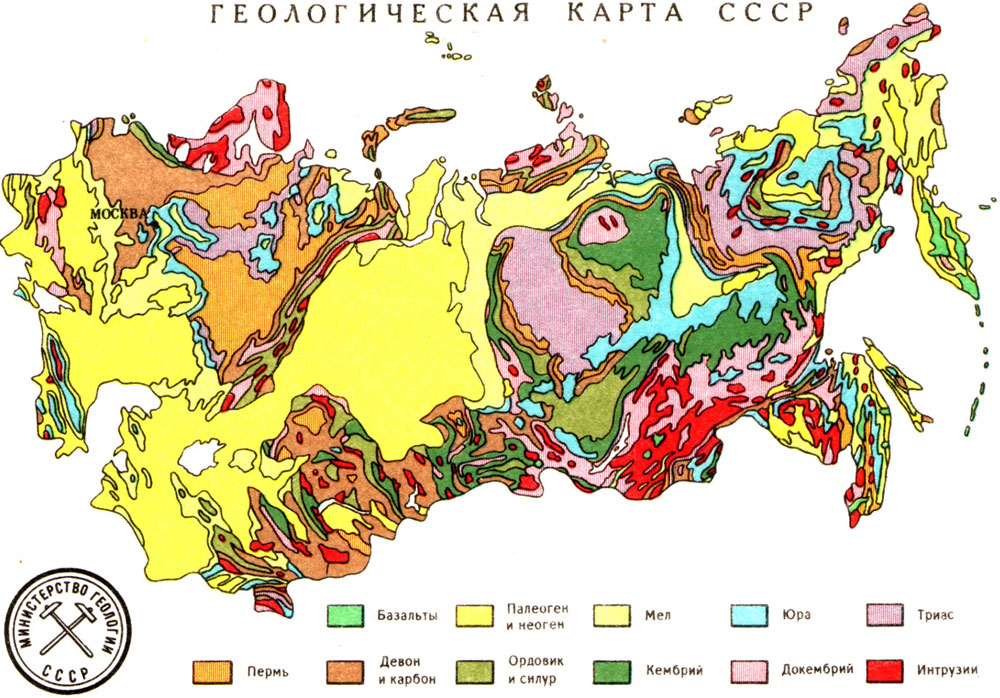
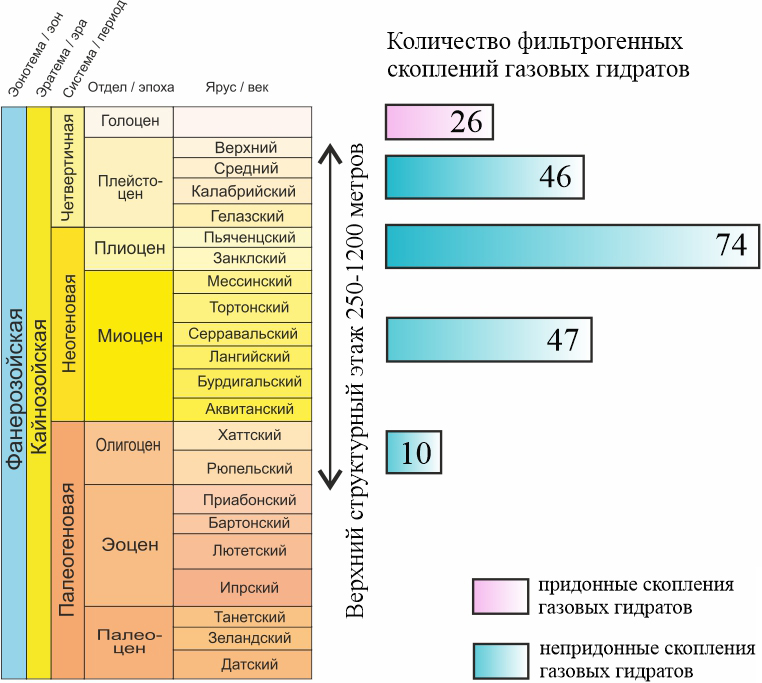
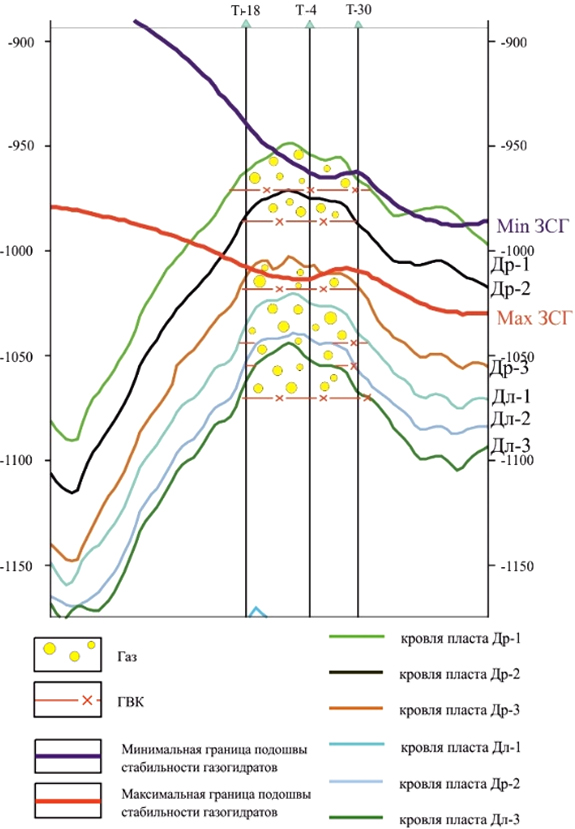
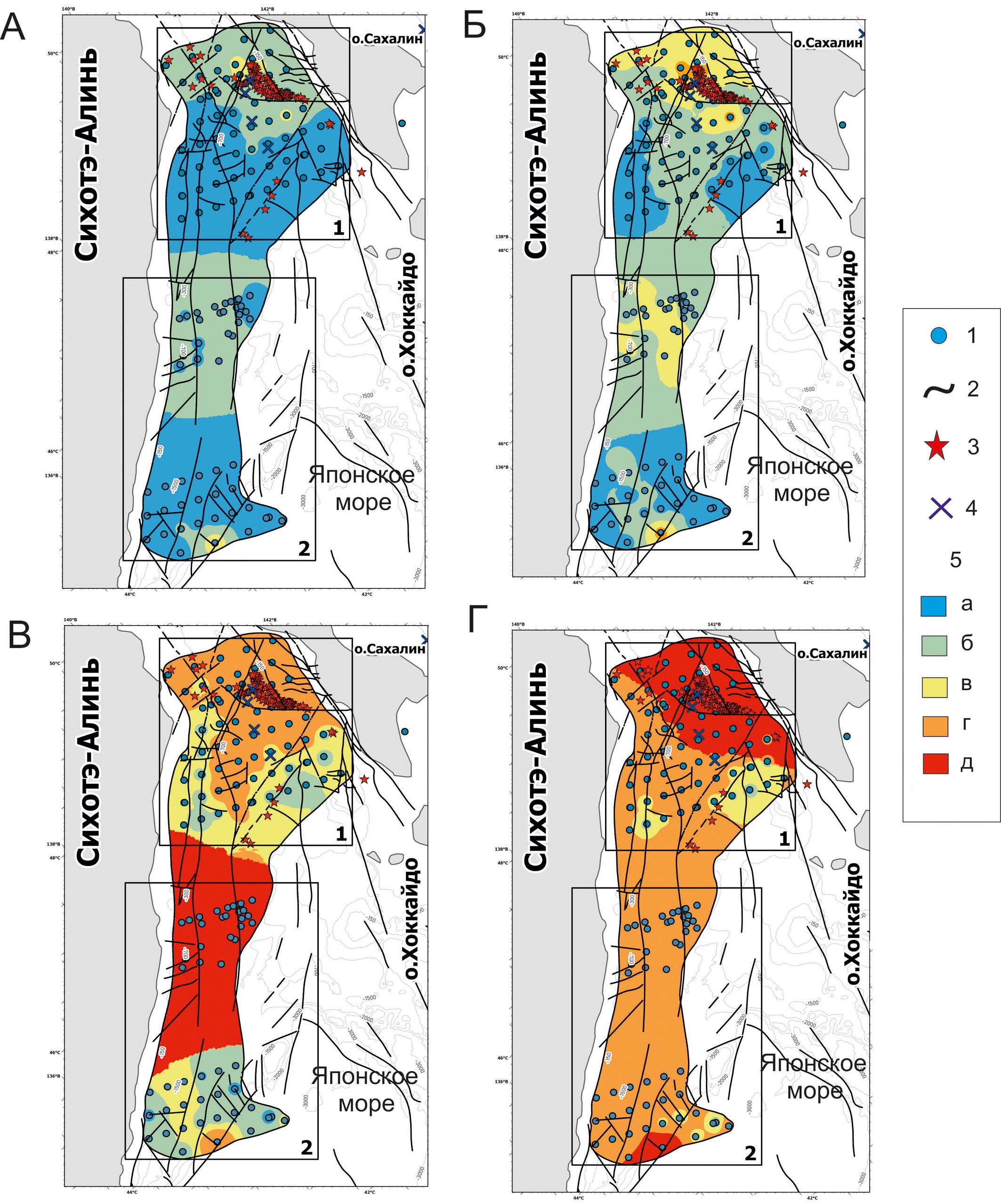
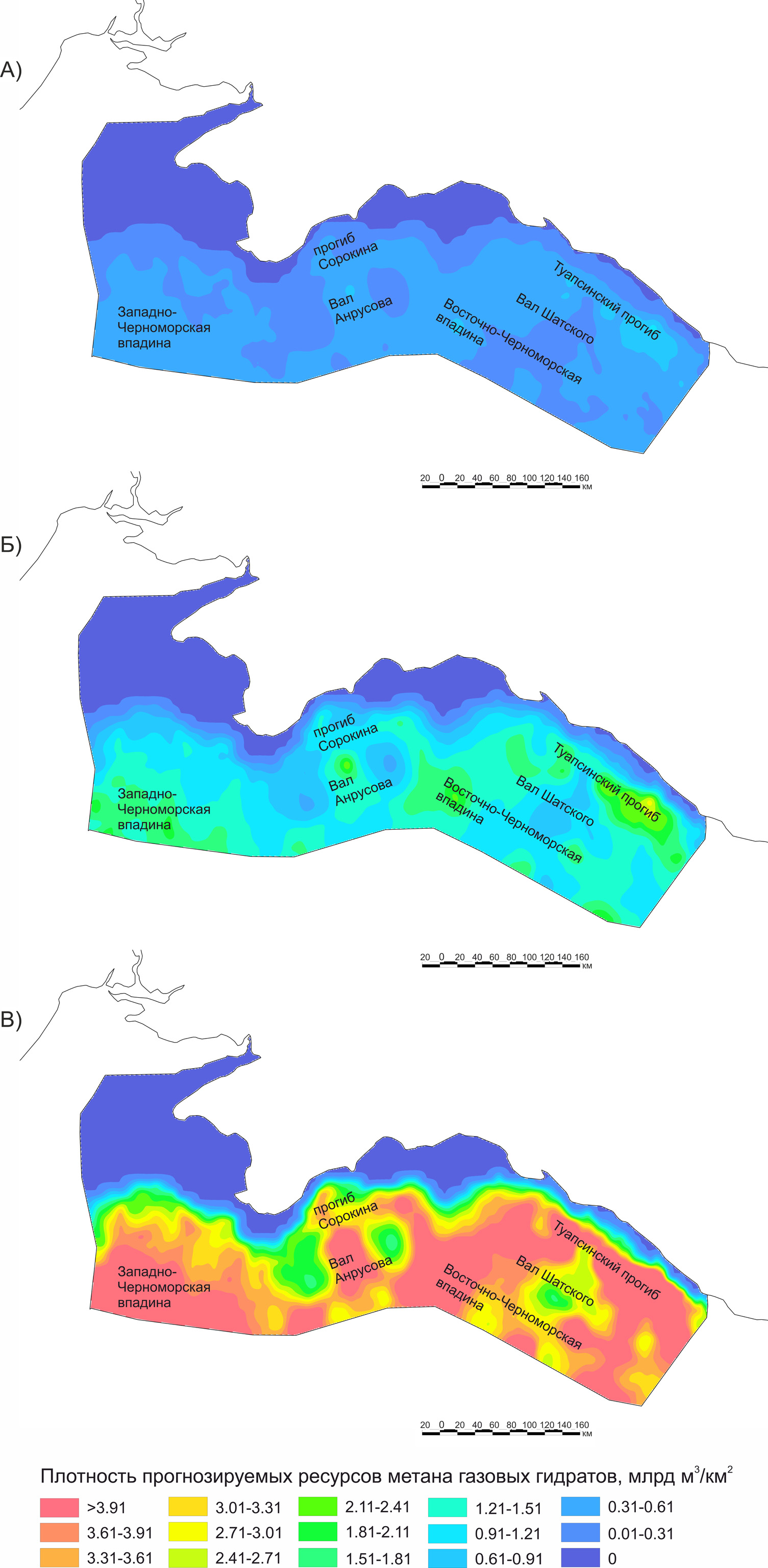


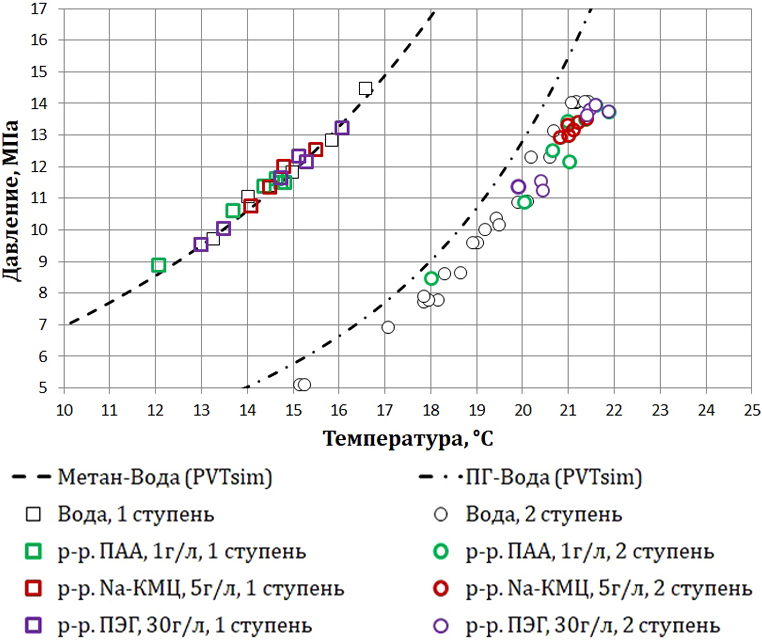
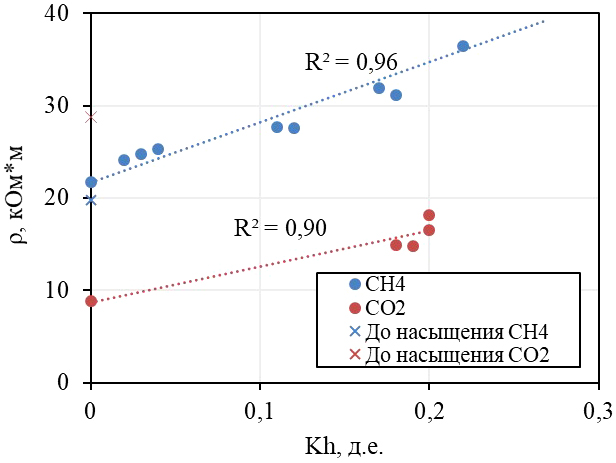
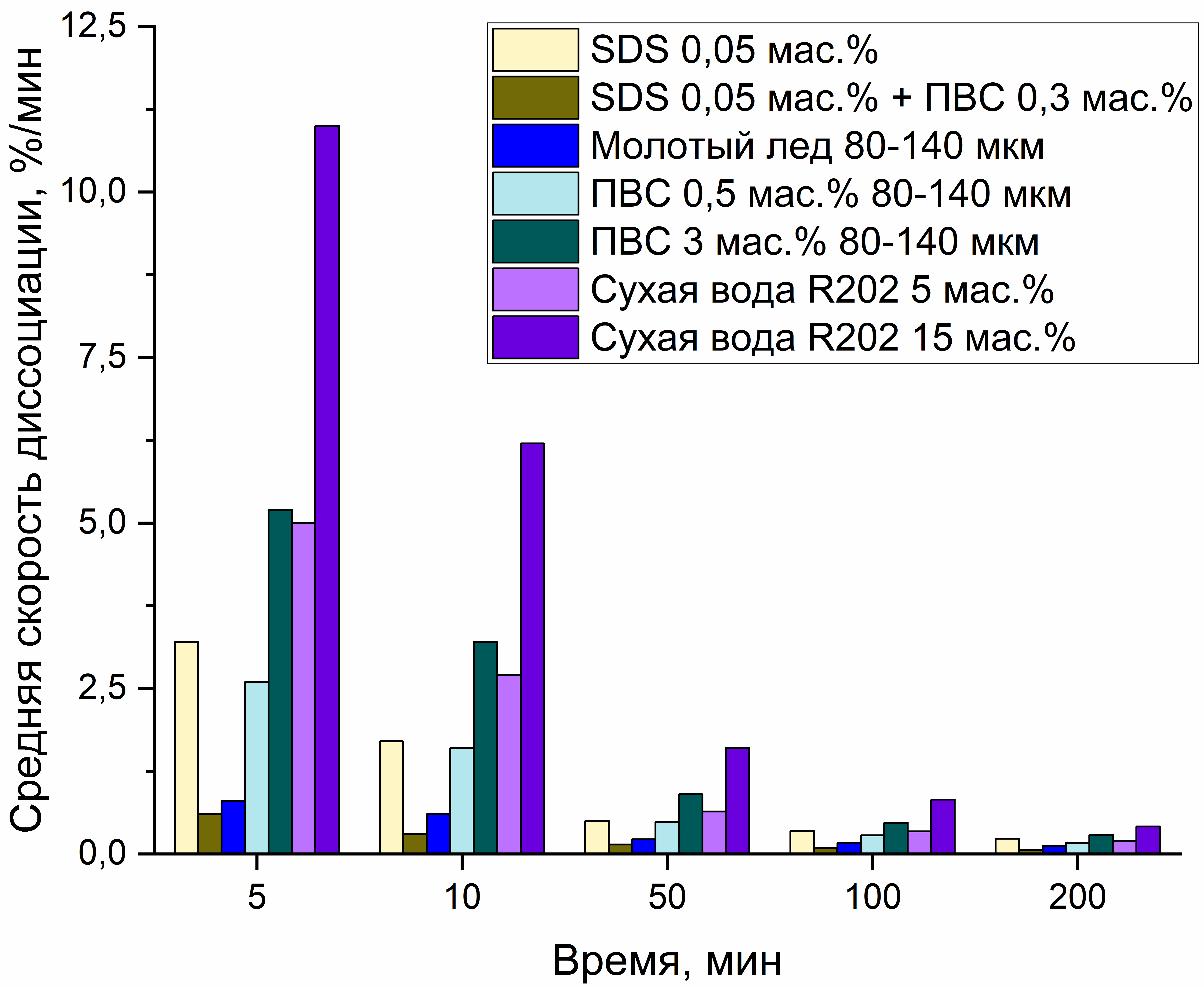
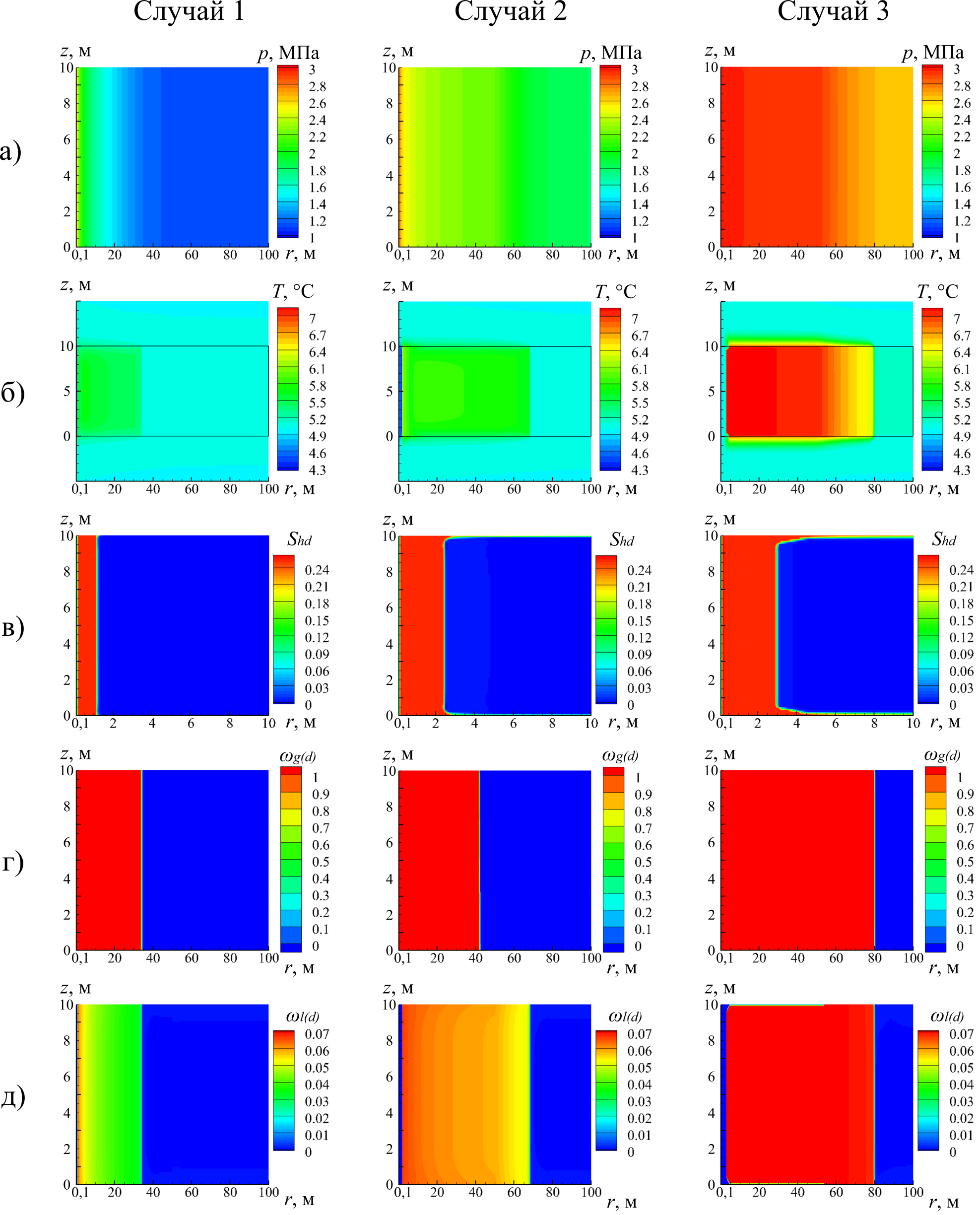
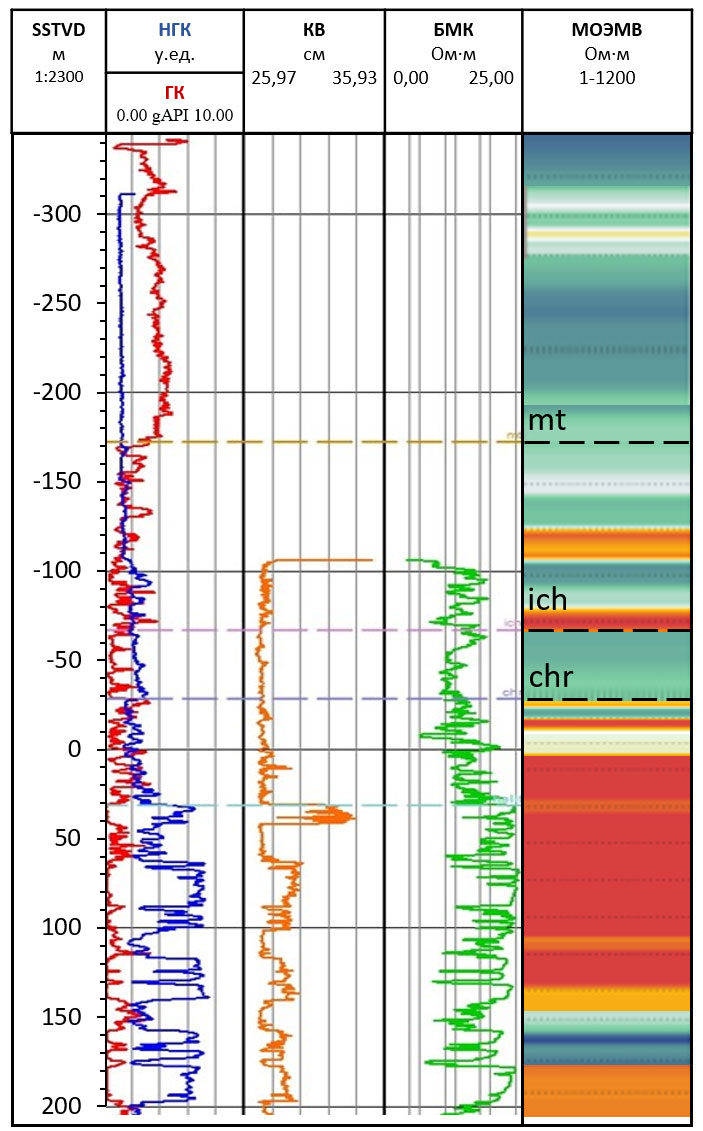
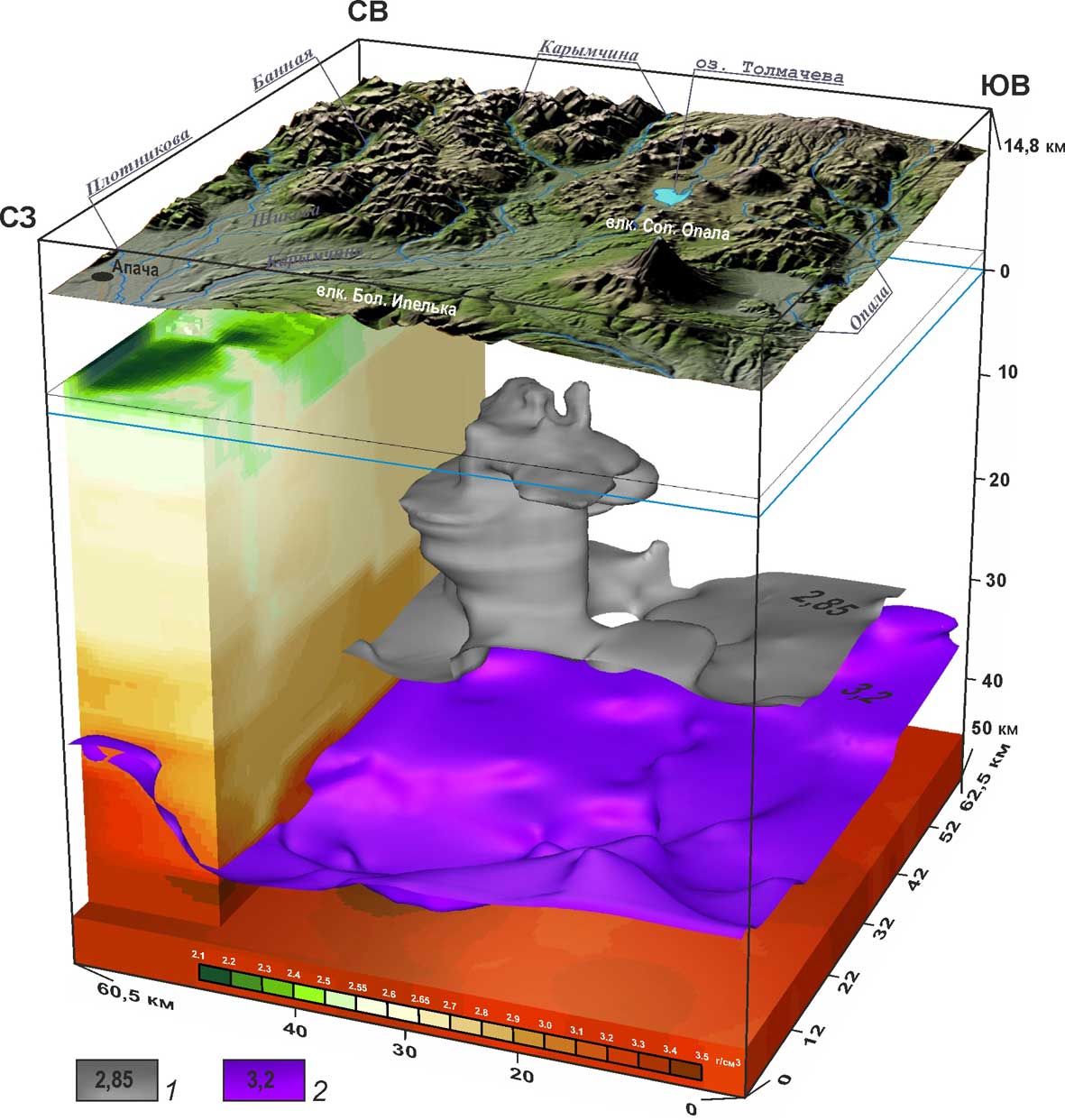
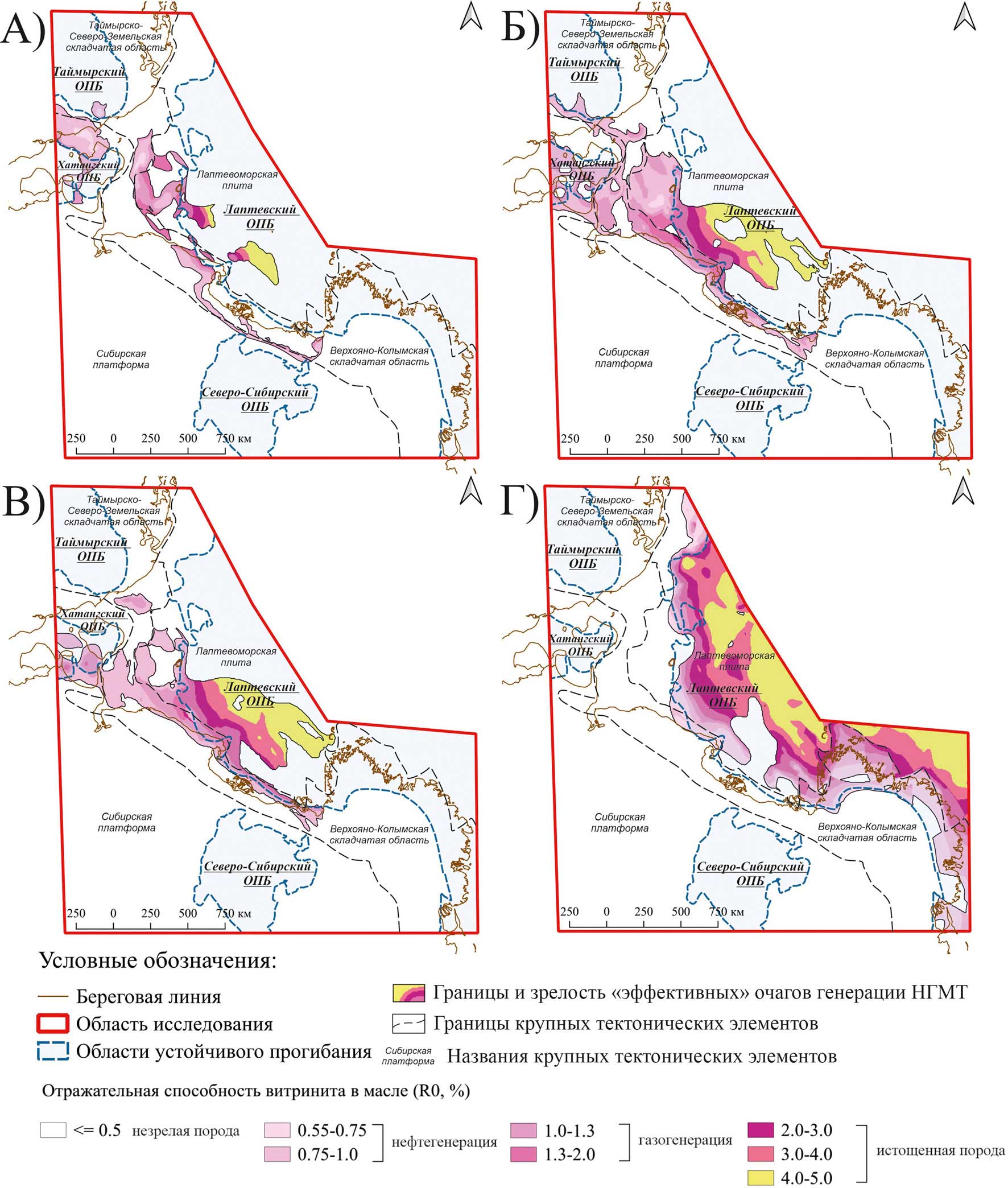
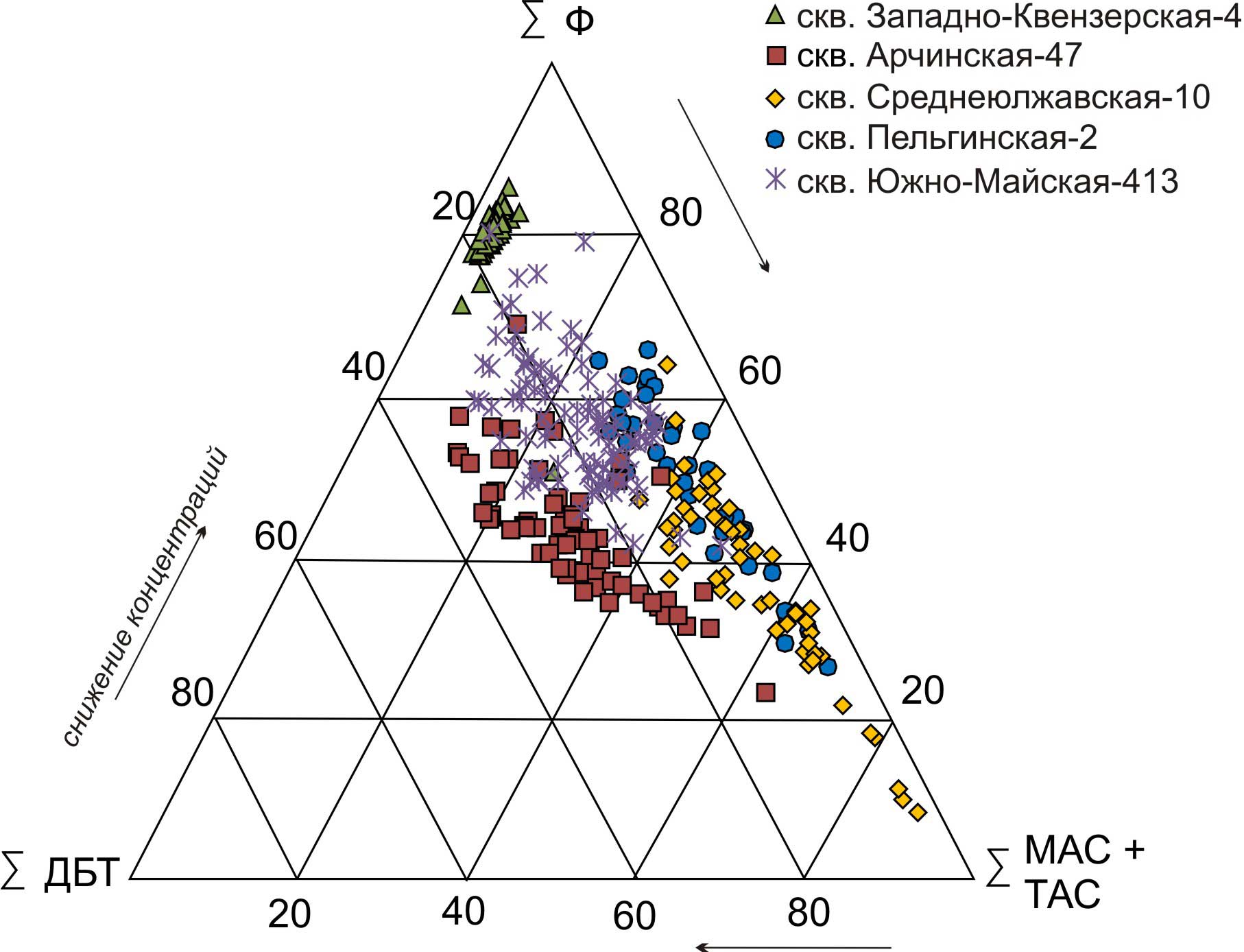
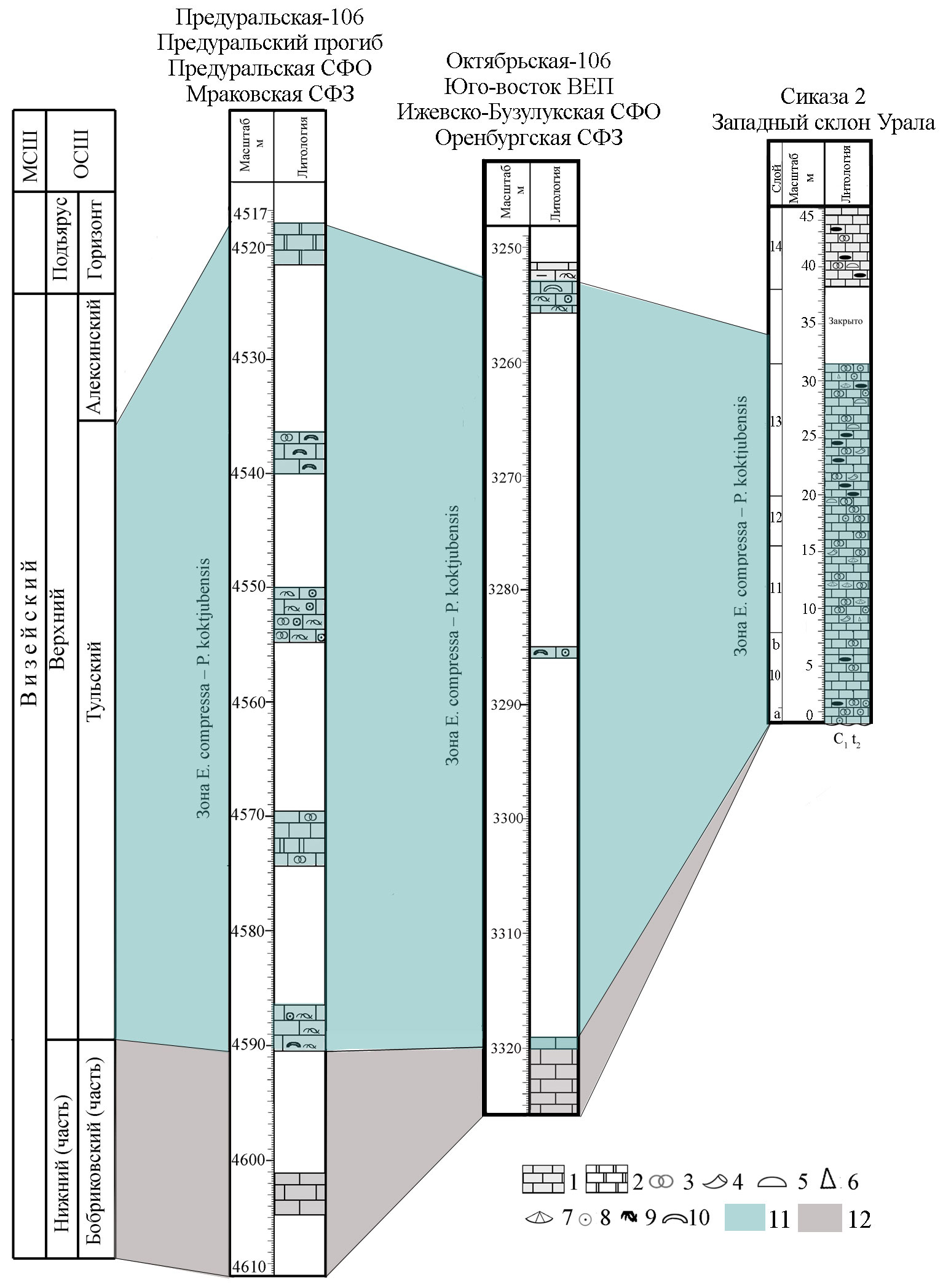
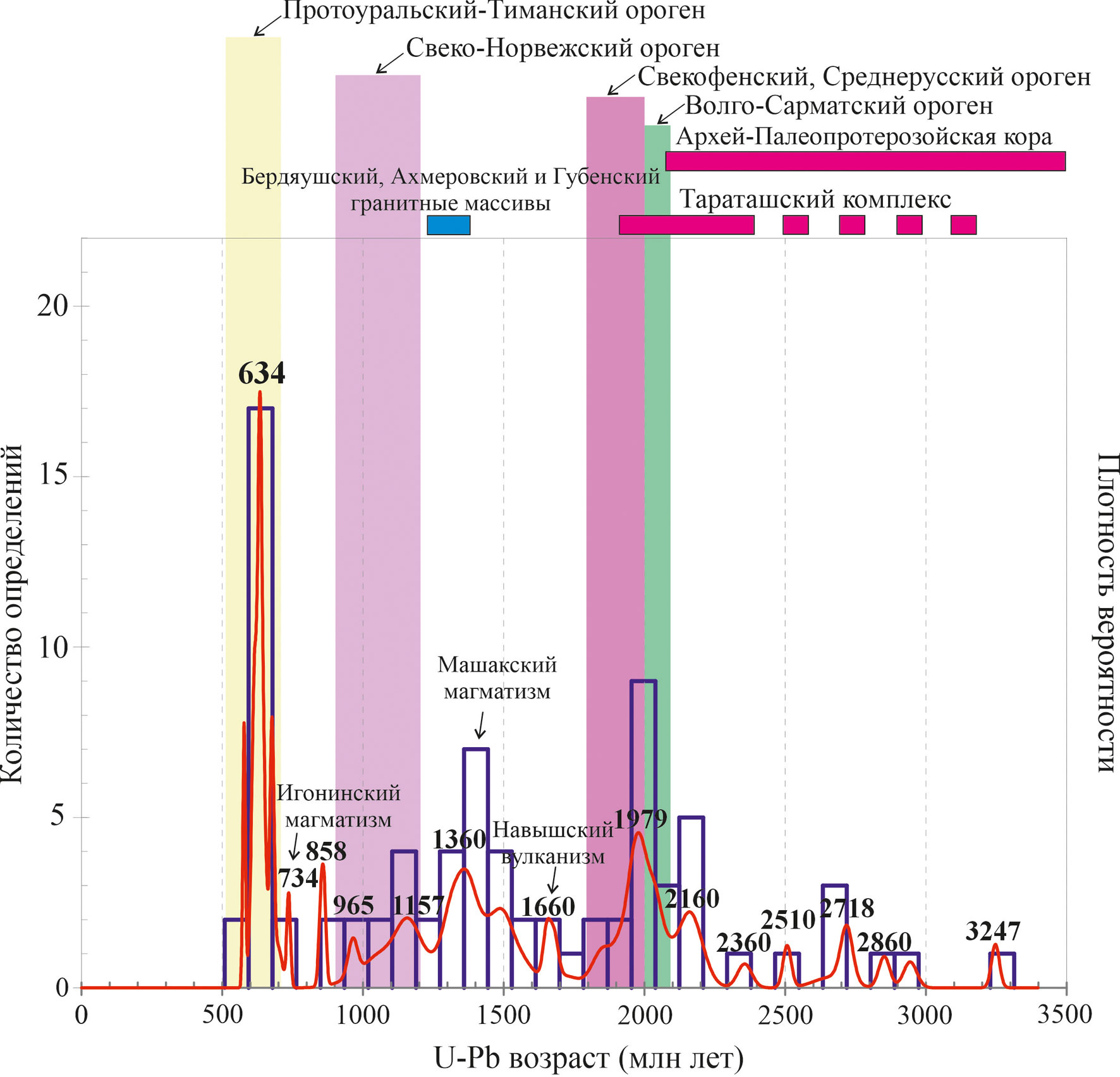
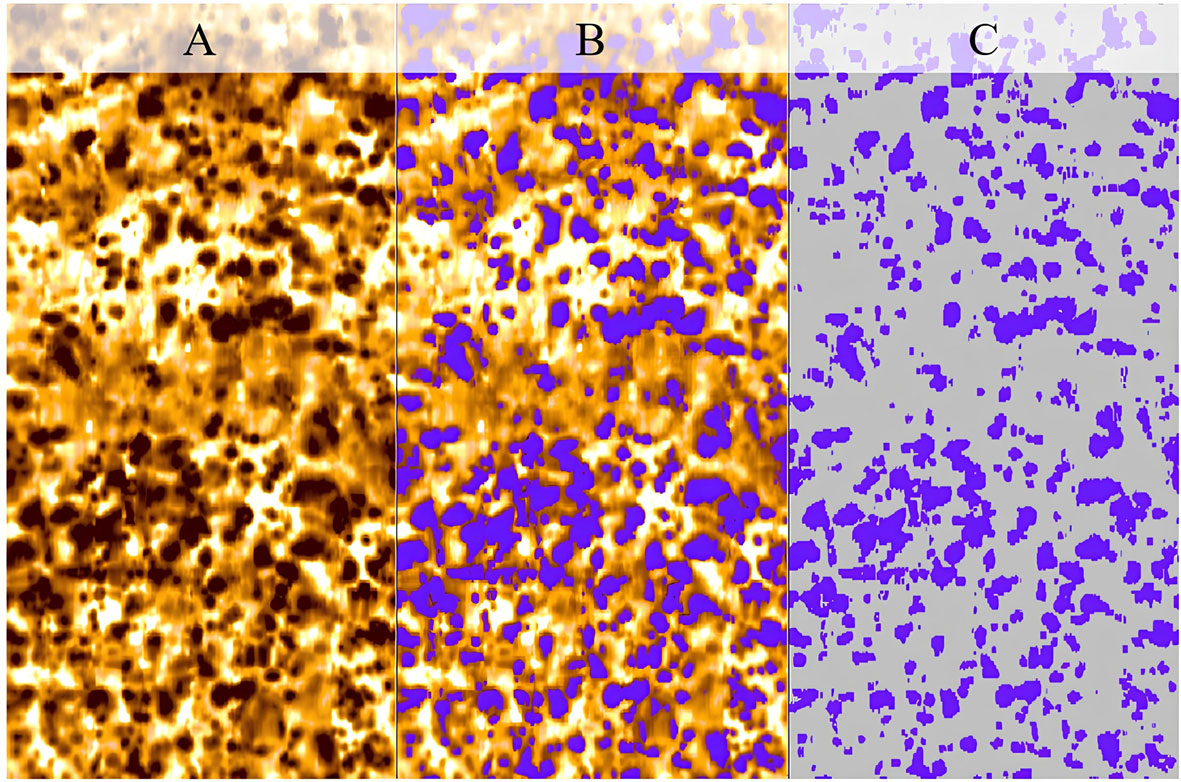
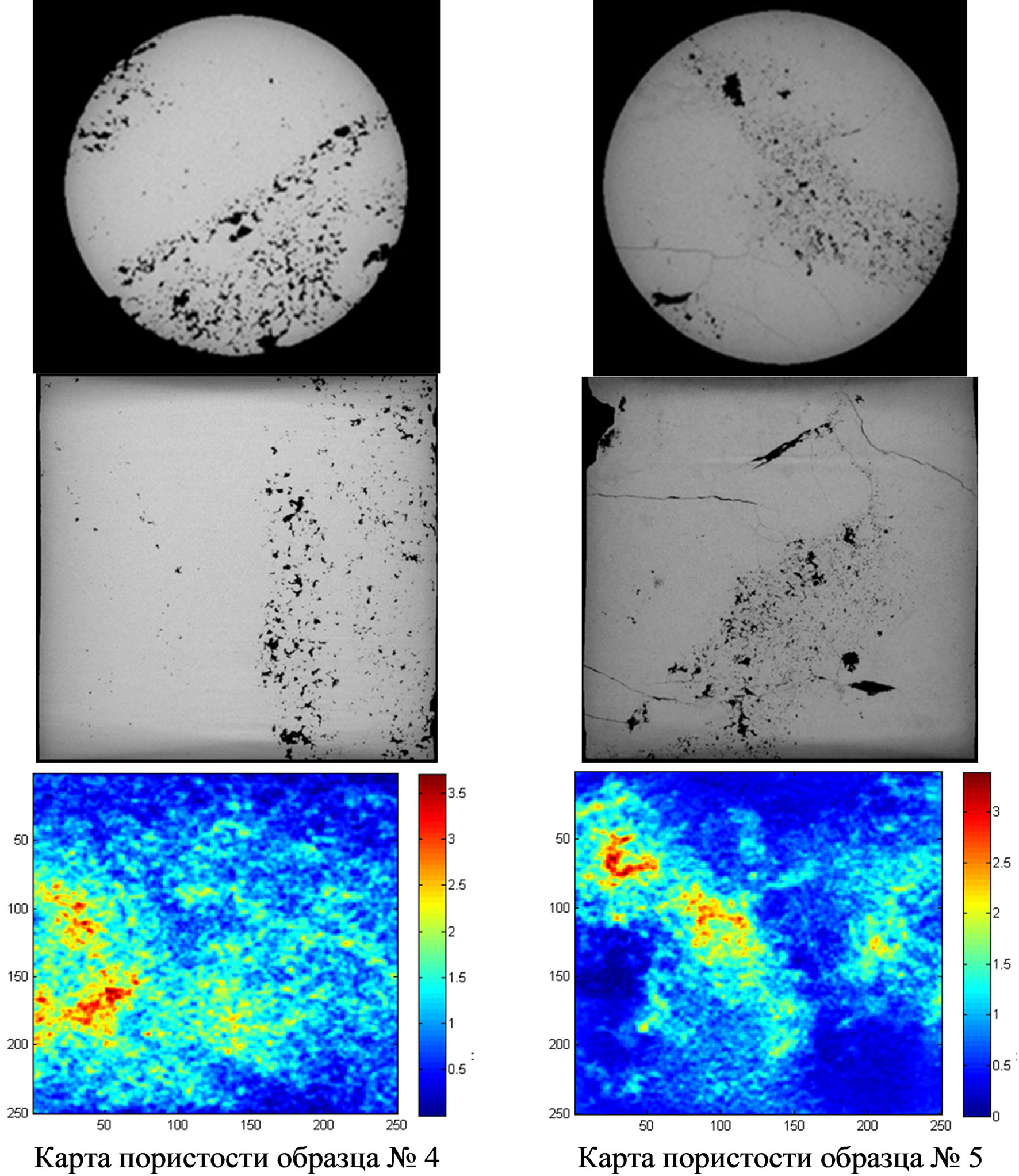
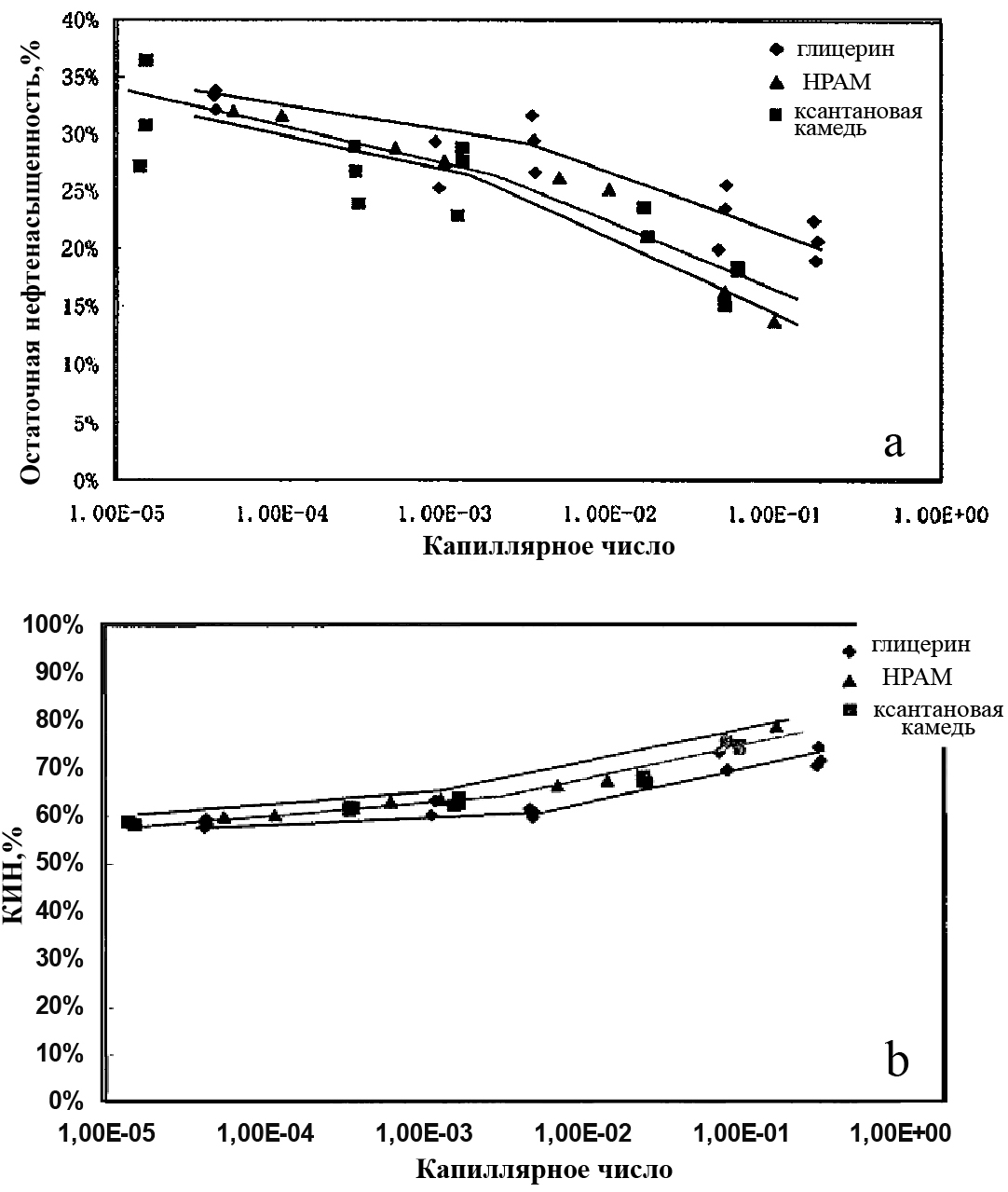
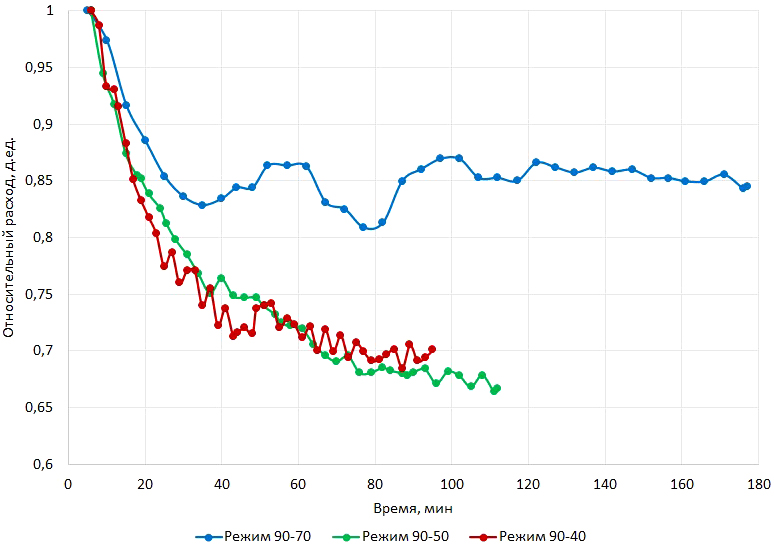
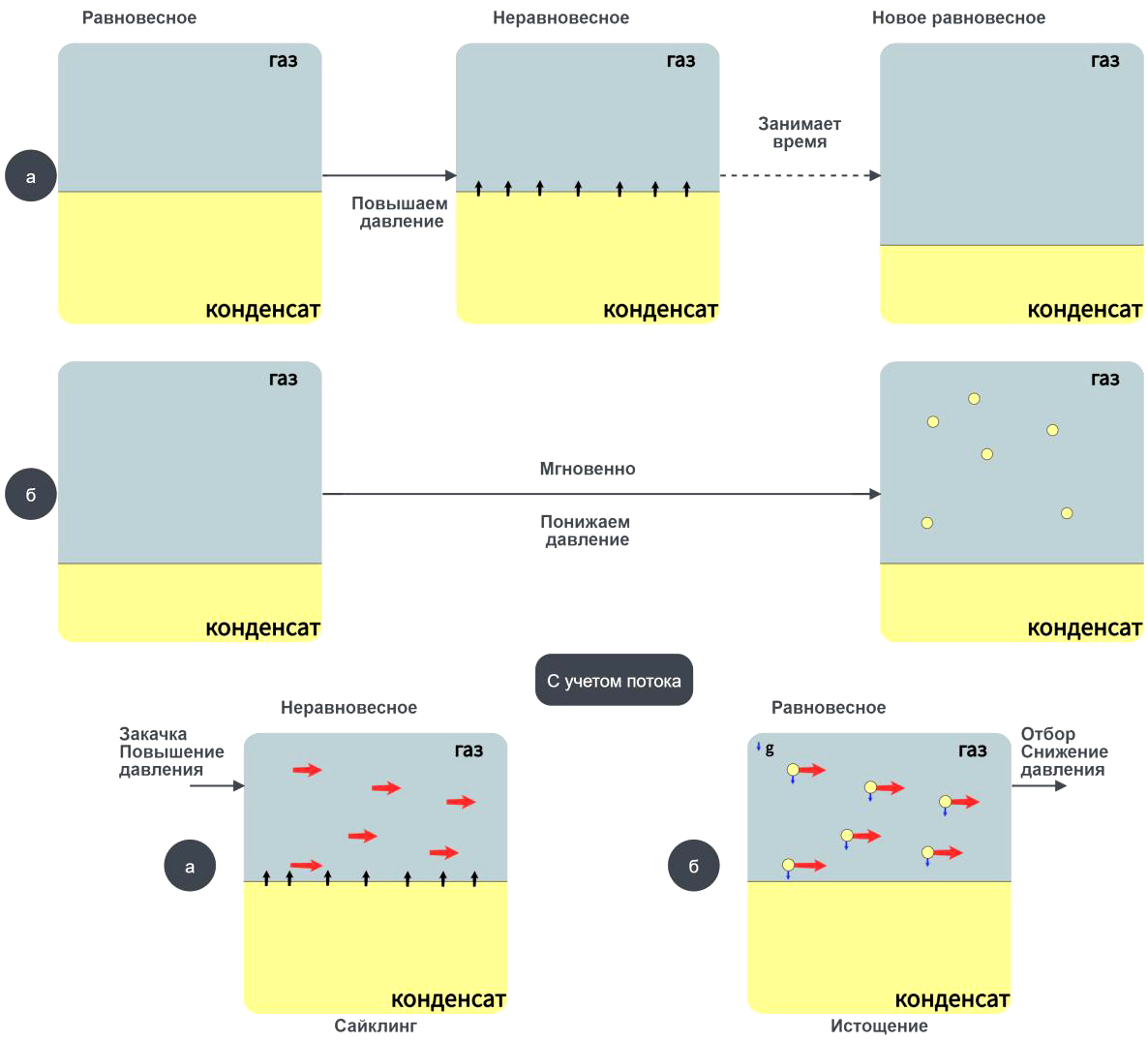
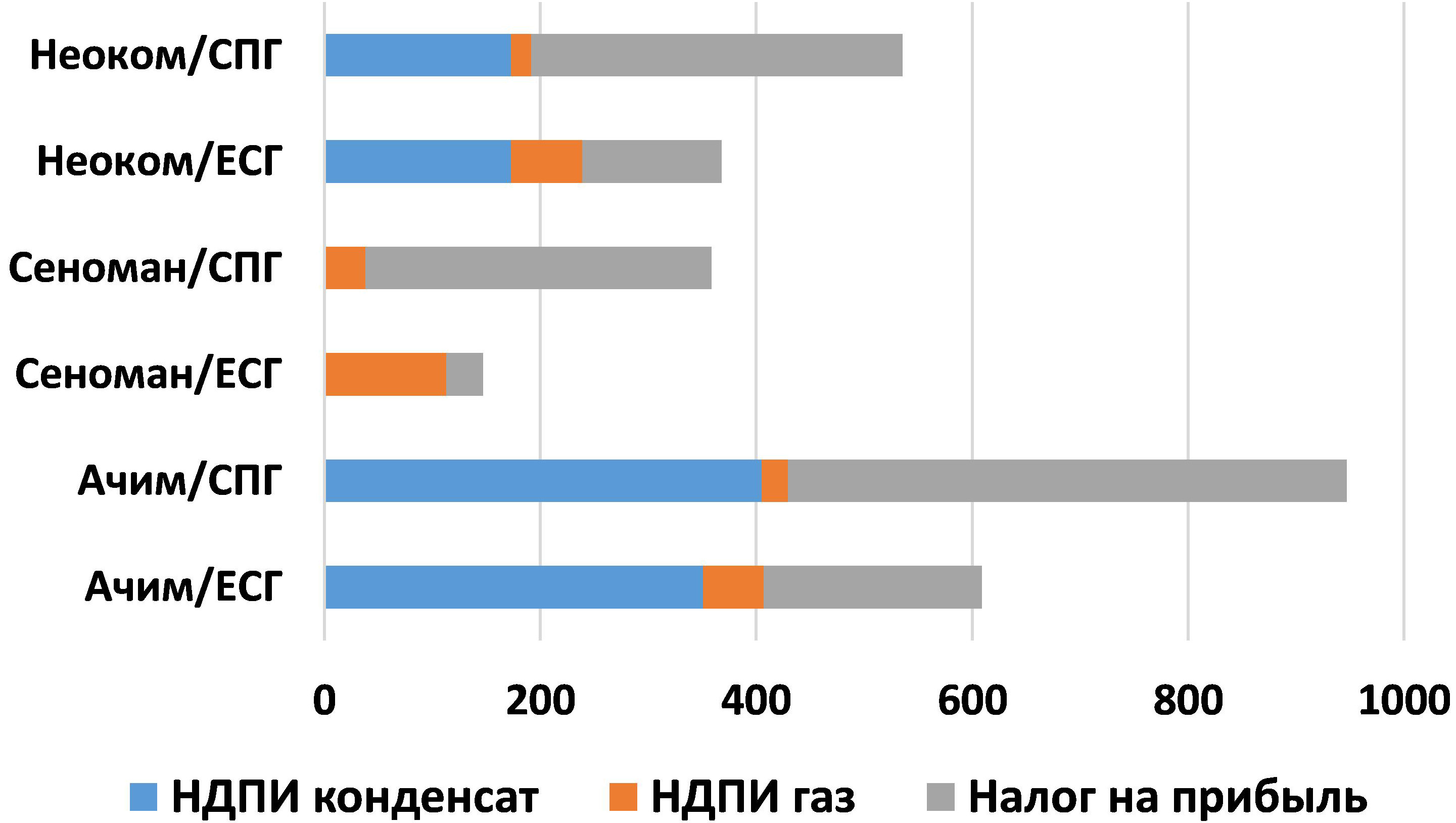












.png)


